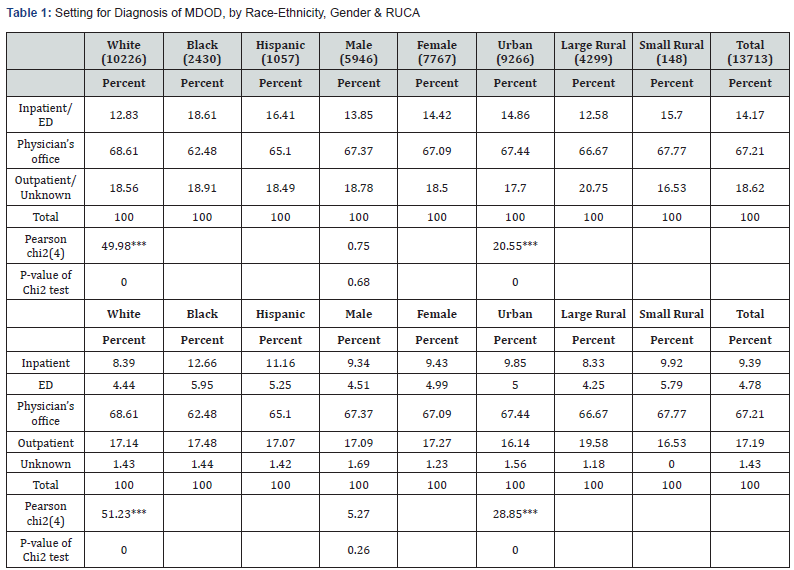CPT Code: ANA 86038; ANA titer 86039; Positive ANA. ICD-9 Code: 795.79. ICD-10 Code: Raised antibody titer R76.0; Abnormal immunological finding in serum, unspecified R76.9. Description: Autoantibodies that react with various components of the cell nucleus are called ANAs. ANA is the characteristic laboratory finding of SLE. However, ANA may be found in patients with a variety of other autoimmune conditions as well as in normal persons.
How to interpret a positive ANA titer?
When is a positive ANA clinically significant?
- ANA 1:40 is found in 20 – 30% of healthy people
- ANA 1:80 is found in 10 – 15% of healthy people
- ANA 1:160 is found in 5% of healthy people
- ANA 1:320 is found in 3% of healthy people
- 5 – 25% of healthy people with a family member suffering from lupus have a positive ANA
- Up to 70% of people aged above 70 years have a positive ANA
What does a low positive ANA test result indicate?
The presence of antinuclear antibodies is a positive test result. But having a positive result doesn't mean you have a disease. Many people with no disease have positive ANA tests — particularly women older than 65. Some infectious diseases and cancers have been associated with the development of antinuclear antibodies, as have certain drugs.
Can a positive ANA test mean nothing?
Yes, the ANA is pretty fickle. It can go positive and then negative again and the other anti-body-specific tests can all be negative. This does not mean you do not have an autoimmune disease but it is likely that you don't have systemic disease (organ and blood involvement).
Can a positive ANA test result change to a negative?
When ANA test results appear to switch from positive to negative or vice versa, the most likely reason is that different testing methods were used. The American College of Rheumatology strongly recommends using IFA for ANA testing with reflex specific antibody confirmation using ELISA.

What is the ICD-10 code for positive ANA test?
ICD-10 code R76. 0 for Raised antibody titer is a medical classification as listed by WHO under the range - Symptoms, signs and abnormal clinical and laboratory findings, not elsewhere classified .
What is a positive ANA?
In most cases, a positive ANA test indicates that your immune system has launched a misdirected attack on your own tissue — in other words, an autoimmune reaction. But some people have positive ANA tests even when they're healthy.
What does R76 mean?
Other abnormal immunological findings in serumR76 - Other abnormal immunological findings in serum.
What diagnosis covers ANA?
An ANA test is used to help diagnose autoimmune disorders, including: Systemic lupus erythematosus (SLE). This is the most common type of lupus, a chronic disease affecting multiple parts of the body, including the joints, blood vessels, kidneys, and brain.
Can you have a positive ANA and not have an autoimmune disease?
Only about 10-13% of persons with a positive ANA test are found to have lupus, and up to 15% of completely healthy people have a positive ANA test without an autoimmune disease. The production of these autoantibodies is strongly age-dependent and increases to 35% in healthy individuals over the age of 65.
Does positive ANA mean lupus?
Does that mean I have lupus? If your doctor says your ANA test is “positive,” that means you have antinuclear antibodies in your blood — but it doesn't necessarily mean you have lupus. In fact, a large portion of patients with a positive ANA do not have lupus.
What is Ana positive R76 8?
ICD-10 code R76. 8 for Other specified abnormal immunological findings in serum is a medical classification as listed by WHO under the range - Symptoms, signs and abnormal clinical and laboratory findings, not elsewhere classified .
What is DX code z79899?
ICD-10 code Z79. 899 for Other long term (current) drug therapy is a medical classification as listed by WHO under the range - Factors influencing health status and contact with health services .
What is the ICD-10 code for SLE?
ICD-10 code M32. 9 for Systemic lupus erythematosus, unspecified is a medical classification as listed by WHO under the range - Diseases of the musculoskeletal system and connective tissue .
What are ANA associated autoimmune diseases?
Antibodies that attack healthy proteins within the nucleus — the control center of your cells — are called antinuclear antibodies (ANA). When the body receives signals to attack itself, it can give rise to autoimmune diseases such as lupus, scleroderma, mixed connective tissue disease, autoimmune hepatitis, and others.
What is ANA in blood test results?
An antinuclear antibody (ANA) test looks for antinuclear antibodies in a person's blood. ANAs are a type of antibody called an autoantibody, and, like other antibodies, they are produced by the immune system.
What are the types of ANA?
Three primary methods are available to clinical laboratories as screening ANA tests: IIF, enzyme immunoassay (EIA), and multiplex immunoassay (MIA) (Table 1) (3). IIF detects antibodies that bind to a tissue substrate which, for ANAs, is usually fixed HEp-2 cells.
When was the ICd 10 code implemented?
FY 2016 - New Code, effective from 10/1/2015 through 9/30/2016 (First year ICD-10-CM implemented into the HIPAA code set)
What is the R76.8 code?
R76.8 is a billable diagnosis code used to specify a medical diagnosis of other specified abnormal immunological findings in serum. The code R76.8 is valid during the fiscal year 2021 from October 01, 2020 through September 30, 2021 for the submission of HIPAA-covered transactions.
When will the ICd 10-CM Z01.84 be released?
The 2022 edition of ICD-10-CM Z01.84 became effective on October 1, 2021.
What is a Z00-Z99?
Categories Z00-Z99 are provided for occasions when circumstances other than a disease, injury or external cause classifiable to categories A00 -Y89 are recorded as 'diagnoses' or 'problems'. This can arise in two main ways:

Popular Posts:
- 1. icd-10 code for jerking movements
- 2. icd 10 code for oliguric
- 3. icd 10 code for gallbladder removal
- 4. icd 9 code for panretinal photocoagulation
- 5. icd 10 code for pulmonary tuberculosis screening
- 6. icd 9 code for arteriosclerosis lower legs with intermittent claudication
- 7. icd 10 code for well child exam with normal findings
- 8. icd 10 code for long term current use of insulin
- 9. icd 10 code for gastrocnemius strain
- 10. what is the icd 10 dx code for htn